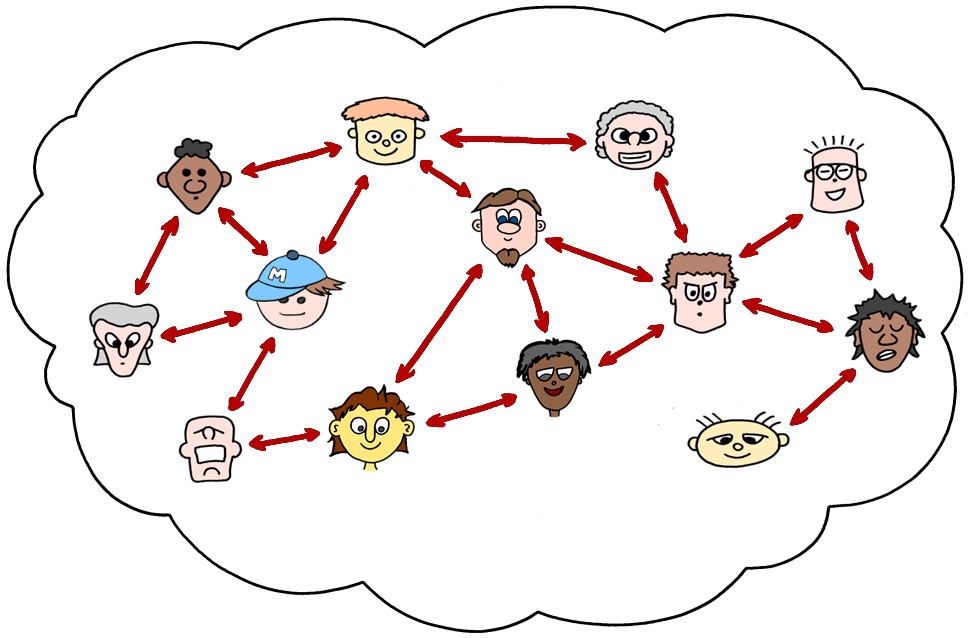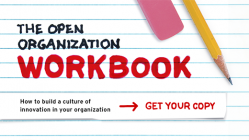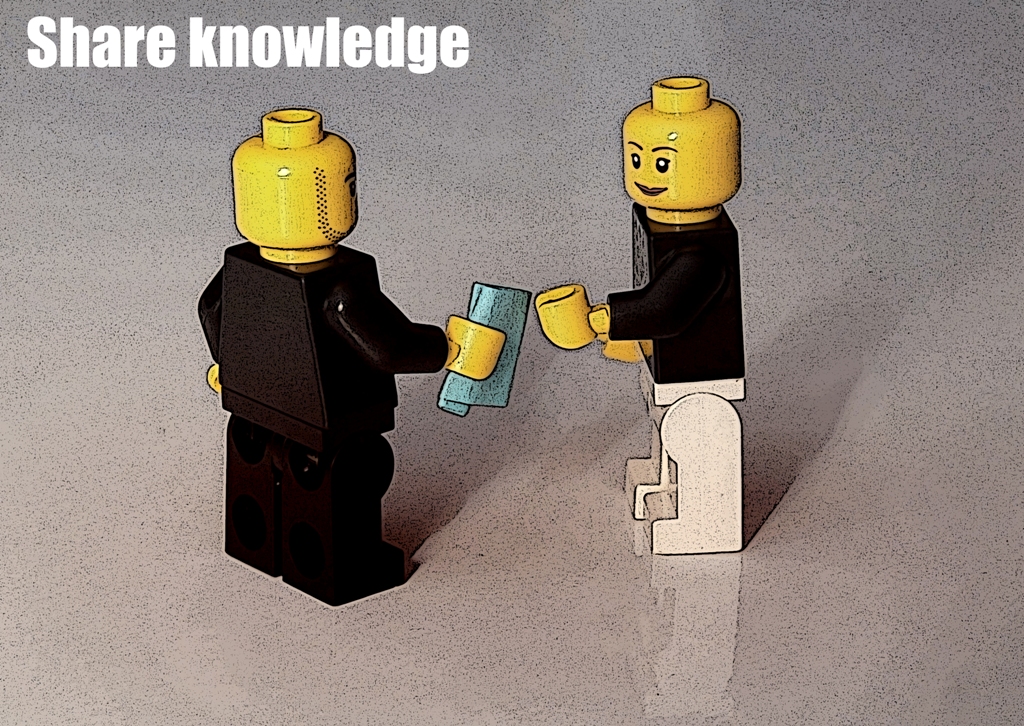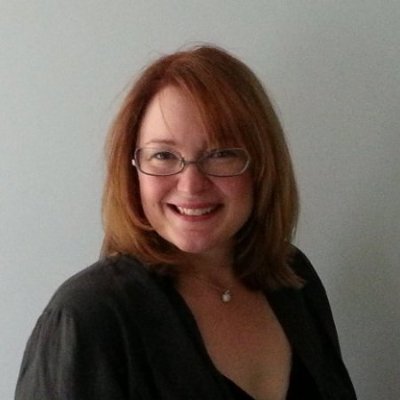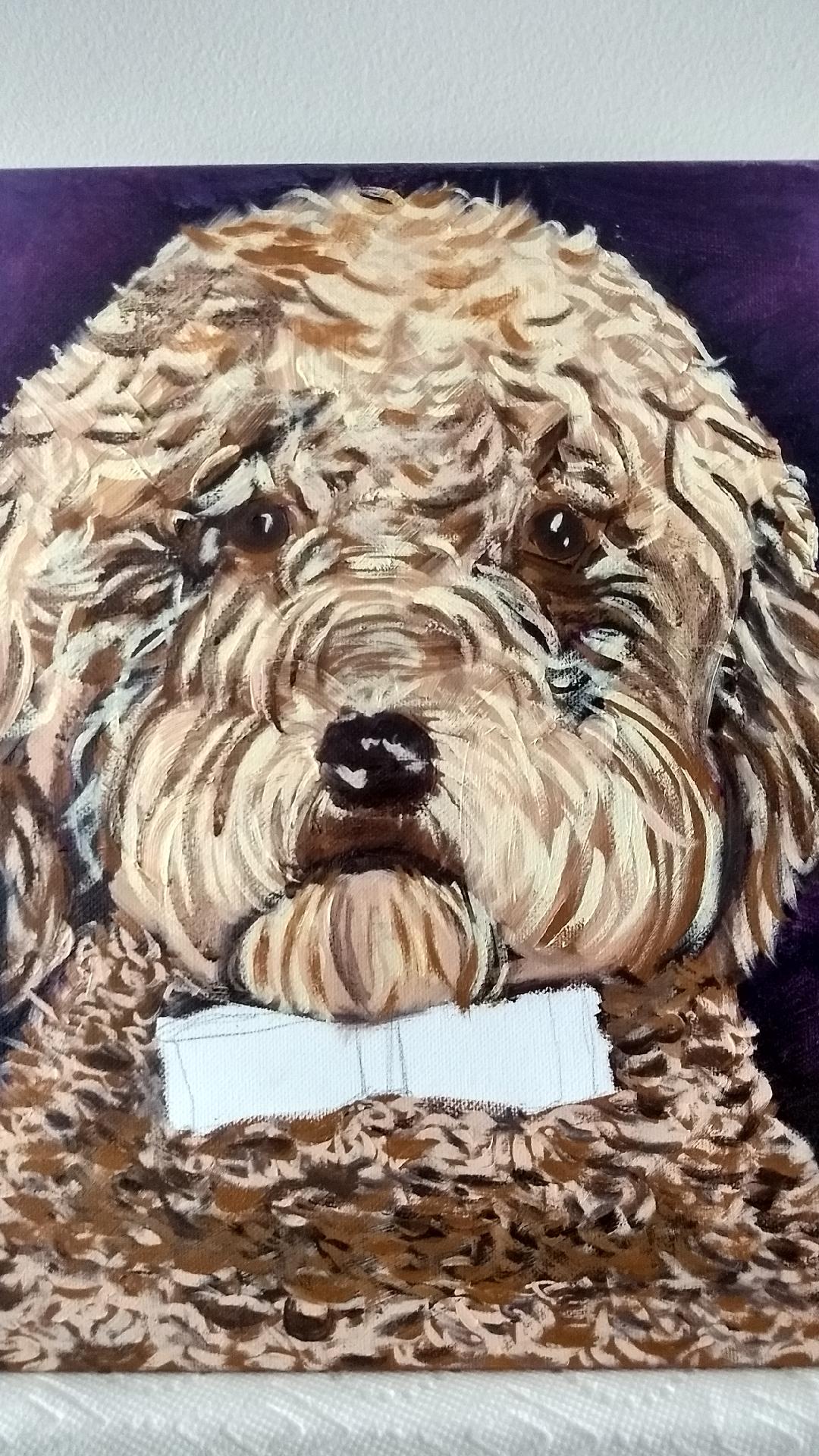Why are we so focused on our weaknesses?
In the business world, it’s that time of year again: time to update our personal business goals, our individual development plans, or whatever our workplaces call it. It’s also time to meet with managers to discuss our “strengths” and “areas for improvement.” I’ve always thought we’ve handled this process in an odd way. When we discuss things we’d like to improve, we’re supposed to follow them with suggestions for actions—ways


